Retro Replay Review
Gameplay
Secret Files: Tunguska embraces the classic point-and-click adventure formula with a straightforward interface and accessible mechanics. You control Nina Kalenkow for the bulk of the investigation, but you also pick up Max Gruber in key sequences. Puzzles are woven naturally into the environments, requiring you to combine inventory items or interact with the scenery in unexpected ways. The built-in hint system can highlight interactive hotspots, keeping you from getting stuck yet preserving the sense of discovery.
Inventory management is intuitive: items appear at the bottom of the screen and can be dragged onto other objects or characters to test their use. The game records essential clues in a journal, so important information never vanishes into thin air. While some puzzles occasionally demand pixel-perfect clicks, the inclusion of a “Help” button that reveals all examinable hotspots smooths out potential frustrations for newcomers to the genre.
Switching between Nina and Max introduces fresh gameplay dynamics. Nina’s sections often focus on environmental puzzles and dialogue trees, while Max’s moments lean more toward infiltration and technical problem-solving. This alternating perspective not only deepens the plot but also spices up the puzzle variety, ensuring the experience remains engaging throughout the globe-trotting adventure.
The game’s pacing is well tuned: straightforward puzzles ease you in, while later challenges require you to recall subtle details from previous scenes. You’ll scour a tugboat, probe a Siberian research base and even decipher coded files on a computer console. Though veterans of the genre might find some solutions intuitive, the level of challenge is generous enough to satisfy both puzzle aficionados and casual adventurers.
Graphics
Visually, Secret Files: Tunguska relies on detailed pre-rendered backdrops that evoke a strong sense of place, from the lamplit streets of Berlin to the snowswept expanses of Siberia. The still images brim with collectible curiosities and environmental clues. Characters are rendered as 3D models layered over these backgrounds, resulting in crisp, smoothly animated figures that mesh well with static elements.
Cinematic cutscenes elevate key story moments with dynamic camera angles and CGI sequences. These brief animations underscore dramatic discoveries—such as the aftermath of an underground lab explosion—and heighten the stakes by revealing government conspiracies in vivid detail. While the overall fidelity may show its age by modern standards, the art direction remains charming and atmospheric.
Lighting and color palettes shift to match each locale’s mood: warm yellows and browns in European settings, icy blues in the Siberian wilds, muted grays in clandestine facilities. This thoughtful use of color not only guides your attention to puzzle hotspots but also immerses you in the evolving tone of the narrative. Occasional texture blurriness is a minor quibble in an otherwise well-executed visual package.
Performance is rock-solid on most mid-range systems, with rapid loading between scenes and no noticeable frame-rate dips. For purists, the ability to toggle subtitle size or speed up dialogue can fine-tune your viewing comfort. All told, Secret Files: Tunguska’s graphics strike a pleasing balance between nostalgic style and functional clarity, serving the gameplay and story without undue distraction.
Story
The narrative kicks off with a personal mystery: Nina’s beloved father vanishes from Berlin’s museum, setting her on a determined quest for answers. The initial emotional hook is immediate: you feel Nina’s frustration with bureaucratic indifference and her resolve to act independently. As you piece together clues, what begins as a family drama soon expands into a sprawling conspiracy that reaches back to the 1908 Tunguska explosion in Siberia.
Alongside Nina stands Max Gruber, her father’s colleague. Max brings dry humor and technical savvy to the duo’s interactions, breaking up tense moments with witty banter. Their chemistry deepens as they uncover hidden files, evade hostile agents and decode cryptic messages. The story is paced like a thriller—cliffhangers at the end of each chapter keep you itching to click “next” and probe deeper into the murk of governmental cover-ups and shadowy research projects.
Character development is handled with care. Nina evolves from an impetuous daughter to a resourceful investigator, while Max shifts from reluctant accomplice to indispensable partner. Secondary characters—such as a mysterious informant in Moscow or a secretive laboratory director—are sketched with enough detail to matter, even if screen time is brief. Together, they enrich a plot that balances historical speculation with personal stakes.
The global setting amplifies the sense of adventure. From dusty archives in Berlin to remote Siberian camps and Miami’s sun-bleached docks, each locale introduces new story threads and puzzles. The game’s writers cleverly interweave real-world history and enigmatic lore, making you feel as though you’re uncovering classified documents rather than merely clicking icons. This blend of fact and fiction drives the narrative’s momentum from start to finish.
Overall Experience
Secret Files: Tunguska stands as a solid entry in the classic adventure genre, offering a polished experience for both veterans and newcomers. Its mix of challenging puzzles, detailed environments and engrossing storyline makes for many hours of investigative fun. The hint system ensures that wheel-spinners can stay on track, while hardcore players can disable it for added difficulty.
Voice acting is consistently strong, with Nina’s determined tone and Max’s sardonic wit anchoring most dialogues. Background music shifts appropriately from tense, low-key scores during infiltration sequences to sweeping themes when globe-trotting revelations occur. Sound effects—like the whir of machinery or the crunch of snow underfoot—reinforce the atmosphere without overstaying their welcome.
Replay value is modest but present. Once you’ve solved the main puzzles, you can revisit scenes to find every hidden hotspot or experiment with dialogue choices you might have missed. Collectible entries in the journal prompt you to scan backgrounds for secret details, lending a light “completionist” hook for dedicated explorers.
In summary, Secret Files: Tunguska delivers a compelling blend of mystery, puzzles and storytelling. Its nostalgic presentation pays homage to the golden age of point-and-click adventures, while modern conveniences—like an integrated hint system and a seamless UI—keep the experience smooth. If you’re hungry for a globe-spanning detective story rich in historical intrigue, this game is well worth your time and clicks.
 Retro Replay Retro Replay gaming reviews, news, emulation, geek stuff and more!
Retro Replay Retro Replay gaming reviews, news, emulation, geek stuff and more!
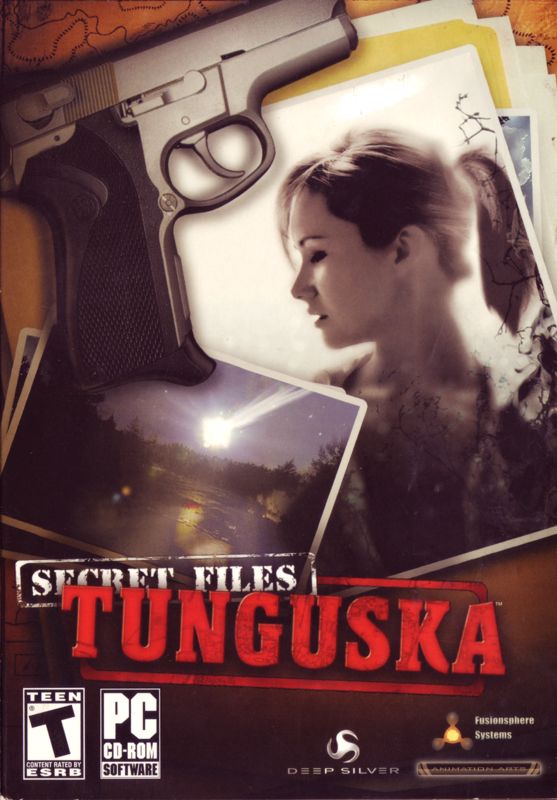

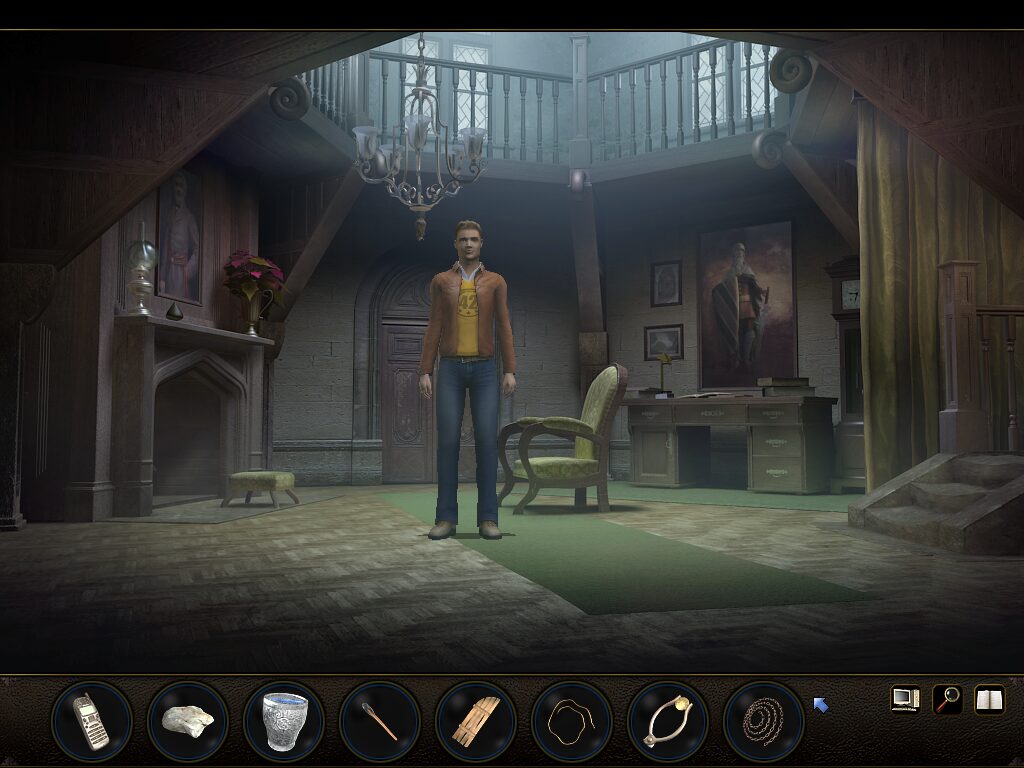
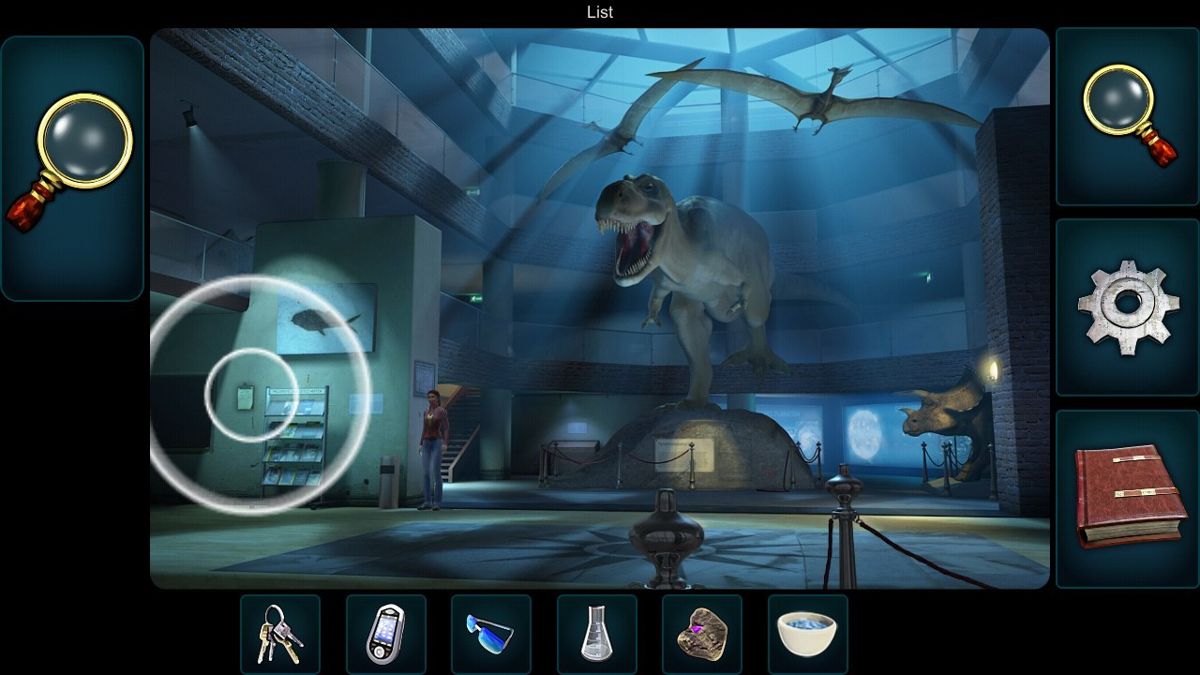
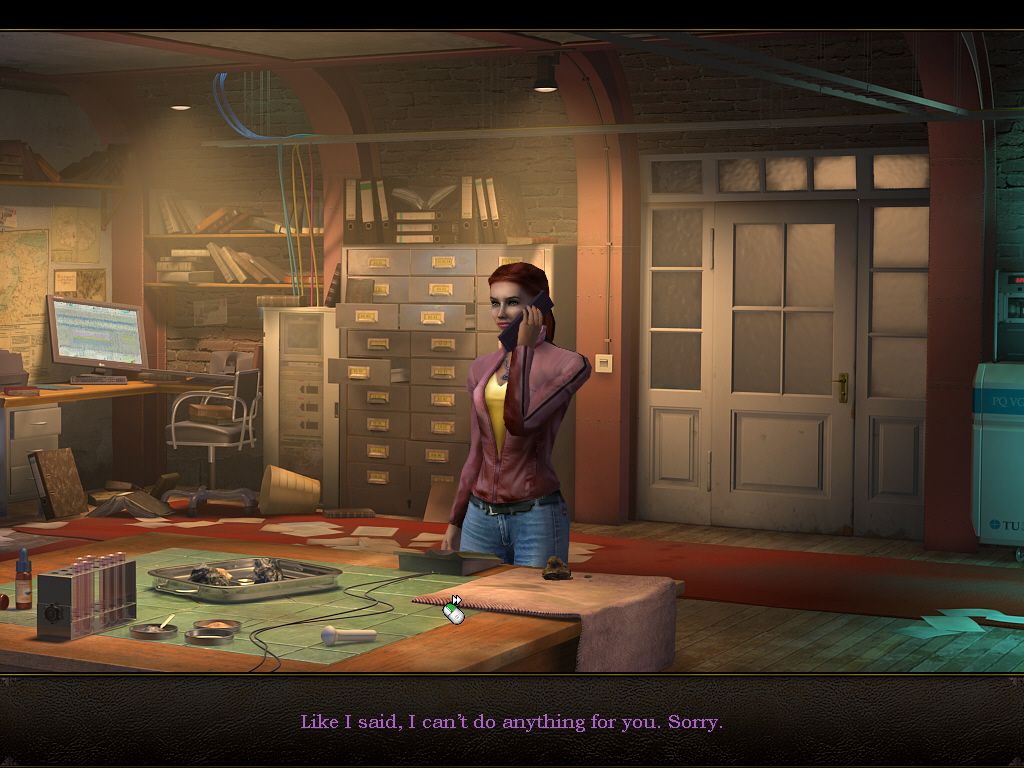
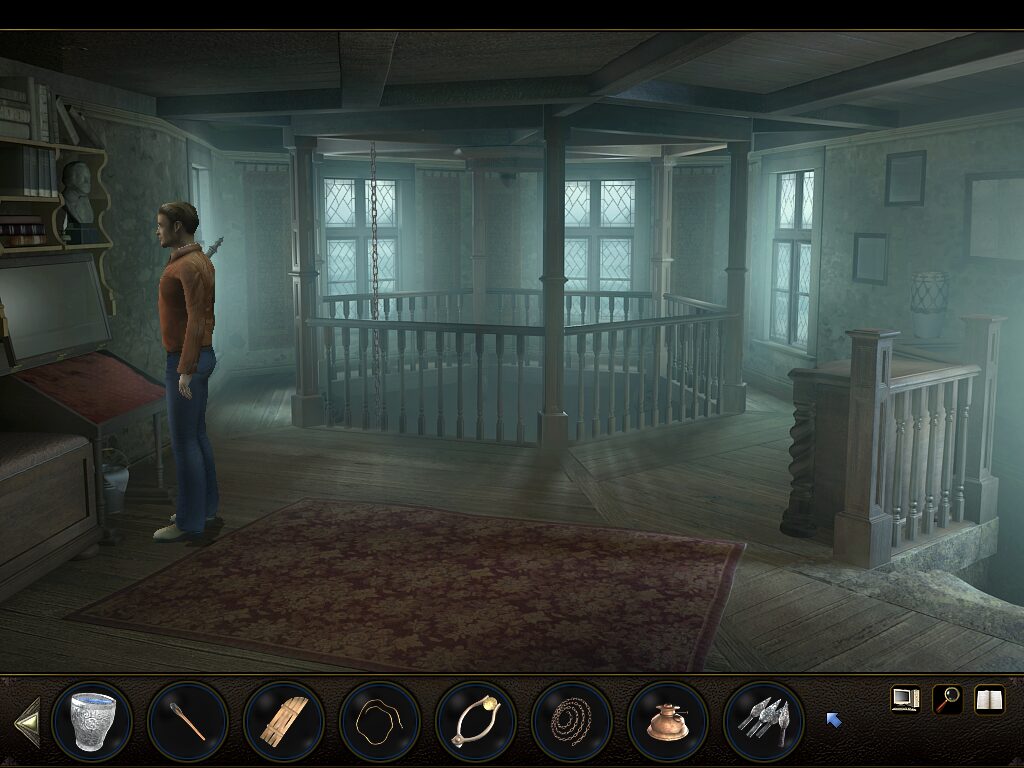

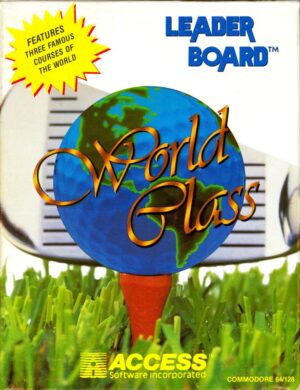

Reviews
There are no reviews yet.